 Central High Postcard
Central High Postcard
Entry Type: Place
 Central High Postcard
Central High Postcard
 Central High School
Central High School
 Central High School
Central High School
 Central High School
Central High School
Central High School Neighborhood Historic District
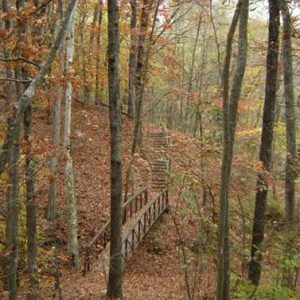 Chalk Bluff Natural Area
Chalk Bluff Natural Area
Chalybeate Springs (Stone County)
 Chamberlin Complex
Chamberlin Complex
Champagnolle (Union County)
Chant (Scott County)
Charleston (Franklin County)
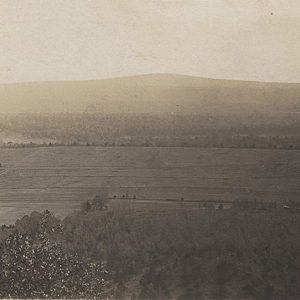 Charleston Area
Charleston Area
 Charleston Church
Charleston Church
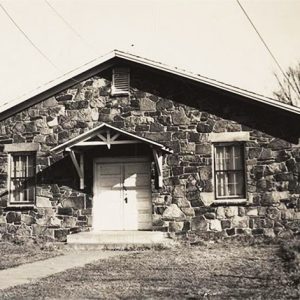 Charleston Legion Hut
Charleston Legion Hut
 Charleston School Building
Charleston School Building
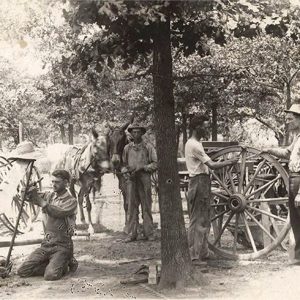 Charleston Smith
Charleston Smith
 Charleston Street Scene
Charleston Street Scene
 Charleston Street Scene
Charleston Street Scene
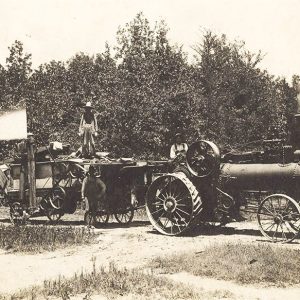 Charleston Thrasher
Charleston Thrasher
Charlotte (Independence County)
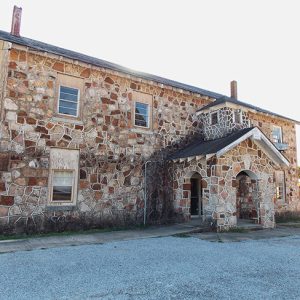 Charlotte School
Charlotte School
Charlotte Street Historic District
 Chautauqua Building
Chautauqua Building
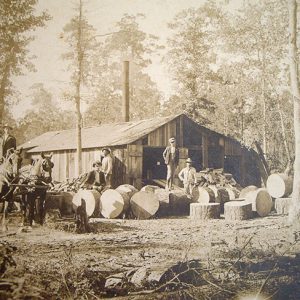 Cheatham Mill
Cheatham Mill
 Cherokee Prairie Natural Area
Cherokee Prairie Natural Area
Cherokee Village (Sharp and Fulton Counties)
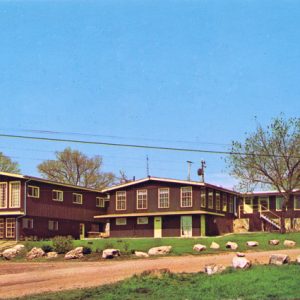 Cherokee Village Community Center
Cherokee Village Community Center
 Cherry Street
Cherry Street
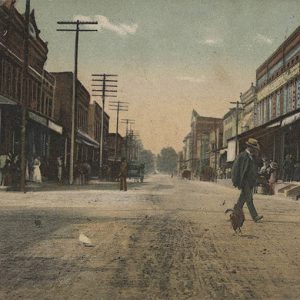 Cherry Street
Cherry Street
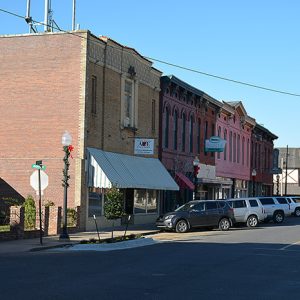 Cherry Street Historic District
Cherry Street Historic District
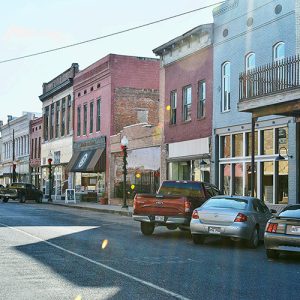 Cherry Street Historic District
Cherry Street Historic District
Cherry Street Historic District
 Cherry Valley
Cherry Valley
Cherry Valley (Cross County)
 Cherry Valley Depot
Cherry Valley Depot
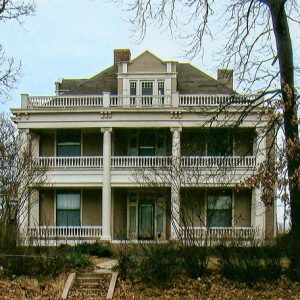 Francis Cherry House
Francis Cherry House
Cherry, Lewis Williamson
 Cheshier Cemetery
Cheshier Cemetery
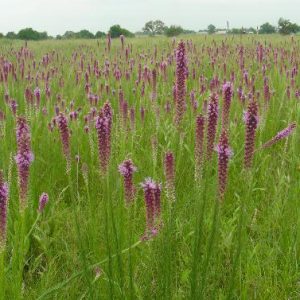 Chesney Prairie Natural Area
Chesney Prairie Natural Area
 Chester Storefront
Chester Storefront
Chester (Crawford County)
 Chewaukla Bottling Factory
Chewaukla Bottling Factory
 Chi Omega Greek Theater
Chi Omega Greek Theater
 Chi Omega House
Chi Omega House
Chickalah (Yell County)
Chicot County
 Chicot County Railroads
Chicot County Railroads
 Chicot County Courthouse
Chicot County Courthouse
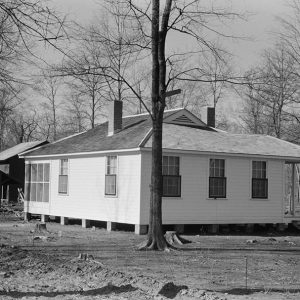 Chicot Farms House
Chicot Farms House




